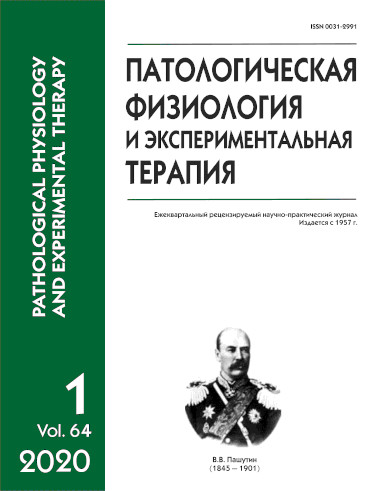Phagocytosis activity in patients with atopic dermatitis complicated by Candida spp. skin contamination
Abstract
Phagocytosis is an integral part of the body defense against pathogens. Disturbance of phagocytosis results in development of concomitant diseases and complications in patients with atopic dermatitis (AD). The aim of this study was to measure the activity of phagocytosis in AD patients with fungal contamination of skin and to determine the expression of neutrophil receptors required for completing phagocytosis. Methods. 70 patients with AD and 22 donors participated in this study and signed an informed consent form. All experiments were performed in compliance with international rules for work with human biological materials. The presence of fungi on the skin was verified using the polymerase chain reaction in real time (PCR). Peripheral blood neutrophils were isolated on the Percoll gradient in the interphase between 81% and 70%, washed, transferred to the complete medium, and analyzed ex vivo for phagocytosis activity using yeast Candida tropicalis as a model system. Neutrophils were stained with monoclonal antibodies to the phagocytosis receptor and propidium iodide for DNA visualization and analyzed on a FACSCalibur flow cytometer. Statistical analysis was performed using ANOVA. Results. Impaired neutrophil phagocytic activity was found in AD patients with concomitant fungal contamination of the skin, which correlated with severity of AD and statistically significantly differed from that in AD patients without contamination with Candida spp. pathogens. The expression of phagocytosis-associated receptors varied in AD patients depending on the presence or absence of Candida spp. contaminants. Conclusion. Disordered neutrophil phagocytic activity was found in AD patients with verified Candida spp. contamination; the expression of phagocytosis receptors was different from that in AD patients without Candida contamination of the skin.






